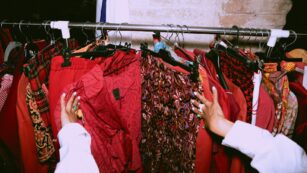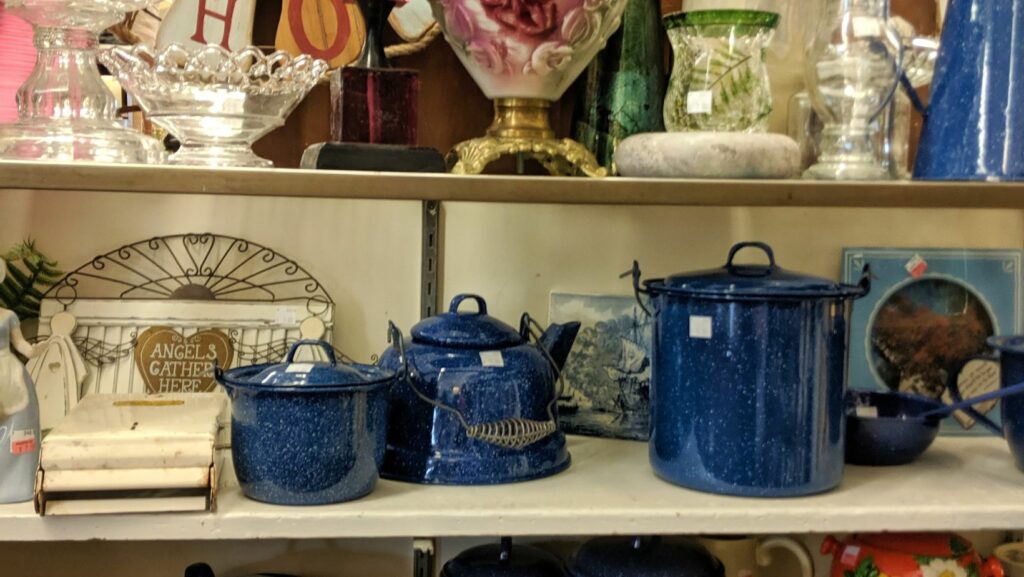In a world increasingly conscious of sustainability and budget-friendly choices, thrift shops have emerged as a treasure trove for savvy shoppers. These unique stores offer a diverse array of gently used items, from clothing and accessories to furniture and home decor, all at a fraction of their original prices. By embracing the charm and character of secondhand goods, thrift shops provide an eco-friendly alternative to fast fashion and mass-produced products.
Thrift shopping isn’t just about finding a bargain; it’s an adventure that invites creativity and individuality. Each visit to a thrift shop is like embarking on a treasure hunt, where the potential for discovering one-of-a-kind pieces is endless. With the growing popularity of thrift shops, more people are realizing that these stores are not only a practical choice but also a way to express personal style while supporting local communities and charities.
What Is a Thrift Shop
 A thrift shop, commonly known as a thrift store in some regions, is a retail establishment selling pre-owned goods at discounted prices. They offer a variety of gently used items such as clothing, accessories, furniture, and home decor. Unlike traditional retail stores, thrift shops source their inventory through donations from individuals or businesses.
A thrift shop, commonly known as a thrift store in some regions, is a retail establishment selling pre-owned goods at discounted prices. They offer a variety of gently used items such as clothing, accessories, furniture, and home decor. Unlike traditional retail stores, thrift shops source their inventory through donations from individuals or businesses.
Items in thrift shops vary widely, from vintage clothing to rare collectibles, providing shoppers with unique finds. People often seek out these shops for economical reasons, looking for quality products at a fraction of their original cost. Moreover, thrift shops play a significant role in promoting sustainable shopping practices by extending the lifecycle of goods.
By supporting thrift shops, customers contribute to local community initiatives and charities. These businesses often allocate proceeds to charitable causes, benefiting both the environment and society.
History Of Thrift Shops
Origins And Evolution
Thrift shops trace their origins to the late 19th century. Organizations like the Salvation Army and Goodwill Industries started collecting unwanted goods to clothe those in need. This practice proved functional during periods of economic hardship when buying new became less feasible for many. As disposable consumer culture rose in the mid-20th century, these shops evolved from basic charity outlets to mainstream retail options offering vintage and unique products. They adapted to accommodate varying trends, ensuring relevance by tapping into the growing demand for sustainable and personalized shopping experiences.
The Appeal Of Thrift Shops
Affordable Shopping
 Thrift shops offer significantly lower prices compared to traditional retail stores. They carry a wide range of products, including clothes, furniture, and electronics, often at a fraction of the original cost. By providing budget-friendly alternatives, these stores help consumers save money while discovering quality items. Shoppers benefit from discounts and promotional offers, enhancing the thrifty shopping experience.
Thrift shops offer significantly lower prices compared to traditional retail stores. They carry a wide range of products, including clothes, furniture, and electronics, often at a fraction of the original cost. By providing budget-friendly alternatives, these stores help consumers save money while discovering quality items. Shoppers benefit from discounts and promotional offers, enhancing the thrifty shopping experience.
Thrift shops are a treasure trove for those in search of one-of-a-kind items. They feature a constantly changing inventory, which includes vintage clothing, rare collectibles, and unique home decor. Shoppers can find pieces that reflect individual style and personality, from retro fashion trends to antique furniture. The eclectic mix of items allows for creative expression and personalization, making thrift shopping an exciting venture for those who appreciate distinctive products.
How Thrift Shops Operate
Donation Process
 Donations serve as the primary supply source for thrift shops. Individuals or businesses donate pre-owned items at designated drop-off locations. Employees or volunteers assess every item, checking for quality and condition. Acceptable items are cleaned and prepared for sale, while unsellable items may be recycled or disposed of responsibly. Some thrift shops collaborate with local organizations or host pick-up services to streamline the donation process.
Donations serve as the primary supply source for thrift shops. Individuals or businesses donate pre-owned items at designated drop-off locations. Employees or volunteers assess every item, checking for quality and condition. Acceptable items are cleaned and prepared for sale, while unsellable items may be recycled or disposed of responsibly. Some thrift shops collaborate with local organizations or host pick-up services to streamline the donation process.
Inventory management in thrift shops involves sorting and categorizing donated items. Staff arrange goods by type, season, or category, such as clothing, books, or household goods. Frequent restocking ensures a diverse selection of products on the sales floor. Pricing relies on factors like brand, item condition, and market demand. Thrift shops often employ dynamic pricing to adjust prices based on the time items spend in the store, encouraging turnover and variety in inventory.

